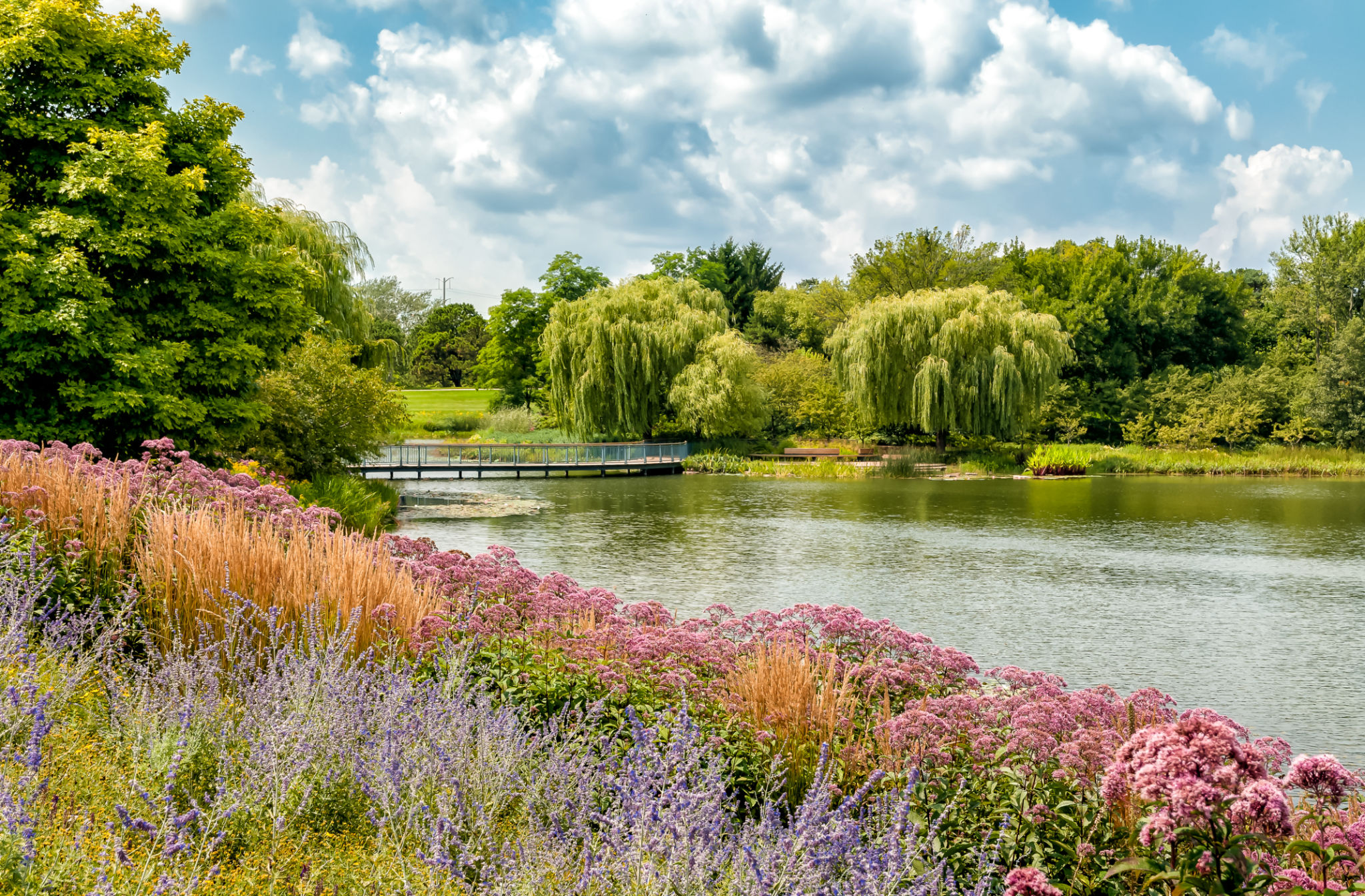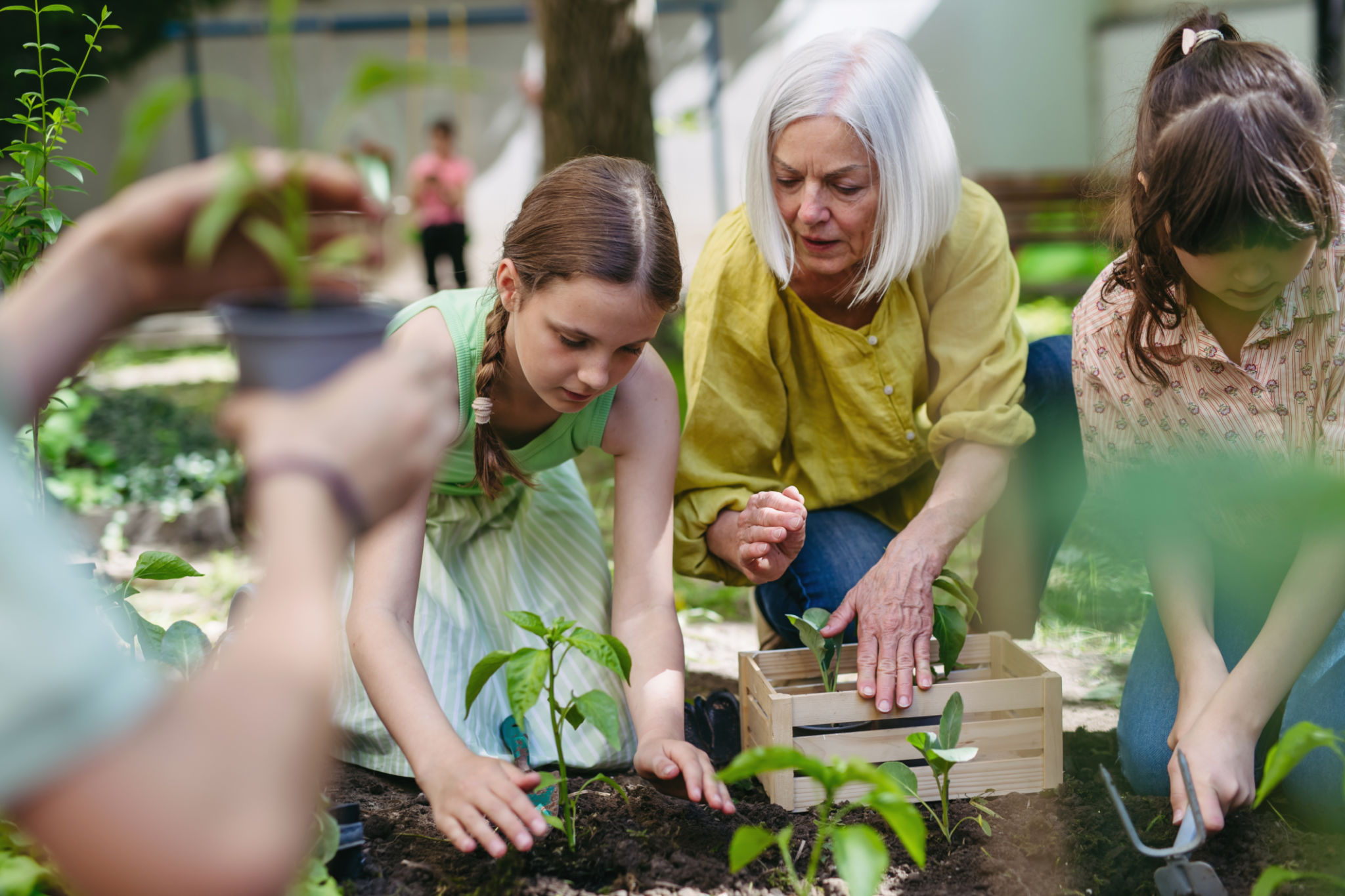Land Preservation Techniques: Protecting Chicago's Green Spaces
The Importance of Land Preservation
Chicago is renowned for its vibrant city life, but equally important are the city's green spaces that provide a much-needed escape from urban hustle and bustle. Land preservation is crucial in maintaining these sanctuaries, ensuring they remain accessible for future generations. In an ever-growing city, balancing development with nature is a challenge that requires innovative preservation techniques.

Conservation Easements
One effective method for preserving land is through conservation easements. These are legally binding agreements that limit land use, preventing future development while allowing current owners to retain ownership. Conservation easements can protect a variety of landscapes, from parks to wetlands, ensuring that Chicago's natural areas are shielded from commercial encroachment.
By participating in conservation easements, property owners contribute to preserving the ecological integrity of the area. This not only benefits the environment but can also offer financial incentives such as tax reductions.
Community Involvement
Engaging the community is a vital part of successful land preservation. Local residents often have a personal connection to nearby green spaces and can be powerful advocates for their protection. In Chicago, community groups and non-profit organizations frequently collaborate on initiatives aimed at raising awareness and securing funding for preservation projects.

Efforts such as educational workshops, volunteer days, and public forums help foster a sense of stewardship among residents. This shared responsibility ensures that preservation efforts are sustainable and responsive to the needs of both the environment and the community.
Urban Planning and Zoning
Thoughtful urban planning and zoning regulations are essential tools in protecting Chicago's green spaces. By designating specific areas as protected or limiting certain types of development, city planners can create a blueprint that balances growth with conservation. Zoning can dictate land use in a way that respects natural landscapes while accommodating urban needs.
Moreover, incorporating green spaces into urban designs contributes to the overall well-being of residents by providing recreational opportunities and improving air quality.

Innovative Preservation Techniques
In addition to traditional methods, innovative techniques such as green roofs and vertical gardens are becoming increasingly popular in Chicago. These solutions bring greenery into urban environments, enhancing biodiversity and reducing the urban heat island effect. Green roofs, in particular, offer an efficient way to utilize space in densely populated areas by turning rooftops into lush gardens.
Such techniques illustrate how modern cities can integrate nature into their infrastructure, promoting sustainability and improving the quality of life for urban dwellers.
A Collaborative Effort
The success of land preservation in Chicago depends on collaborative efforts between government bodies, non-profit organizations, community groups, and private landowners. By working together, these stakeholders can develop comprehensive strategies that ensure the protection of green spaces while accommodating the city's growth.

Ultimately, preserving Chicago's green spaces is about more than just environmental conservation; it's about preserving the character and livability of the city itself. As urban landscapes continue to evolve, maintaining a connection to nature remains a top priority for creating a thriving, sustainable metropolis.